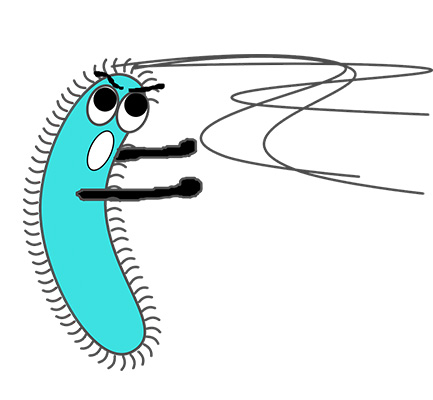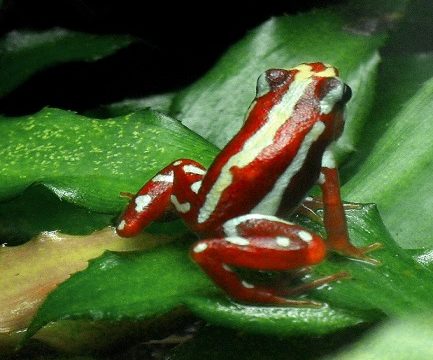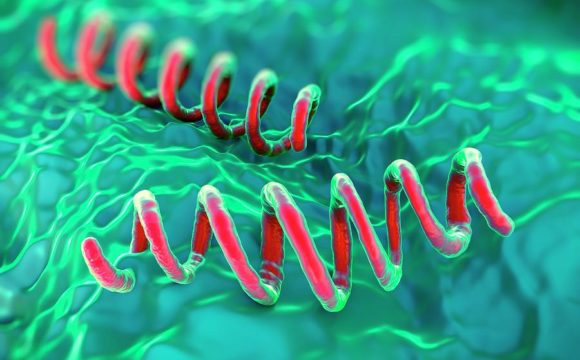Mangroves refer to a group of trees and/or shrubs that thrive in the coastal intertidal zone. There exist over 80 different species of mangrove trees which can resist adverse conditions like salinity, high tides, heavy rain and storm amongst others. They, therefore, stabilize the coastline by reducing erosion. The tangled root system of mangroves also makes them attractive to fish and other organisms serving as a source of food and shelter and safety from predators. It also provides a suitable niche for microbial life to flourish. At mangroves, freshwater and saline water meet. The changes in salinity and tidal levels can lead the microbial population to follow non-typical biochemical paths and result in the production various metabolites
Sunderbans are Mangrove forest that covers around 1,874 square km of the area around Bangladesh and the Indian state of West Bengal. It is also a UNESCO World Heritage Site and is the largest mangrove forest in the world. Published in the Journal of Antibiotics, Researchers at the Jadavpur University in Kolkata discovered a new species of microorganism named Streptomyces euryhalinus Strain MS3/20Tsp. The organism was isolated from the sediments of the Lothian Island region.

Sundarbans
(Source: kolkatabirds)
The organism is an Actinomycetes, which are gram-positive microbe and many have a very complex cell wall structure. More than five hundred species of the genus Streptomyces have been identified so far making it one of the largest genus of the domain bacteria. They are known for their high ‘GC’ content. This particular species was distinguishable from others because of its low levels of DNA–DNA relatedness (27.2–53.8%) and its ability to grow in presence of NaCl (concentrations as high as 20%).

Streptomyces (microscopic),
(Source: irp-cdn.multiscreensite)
Streptomyces are known to produce over 2/3rd of clinically useful antibiotics. Some popular examples are neomycin, cypemycin, and chloramphenicol. This particular organism was easily killed using many different antibiotics. Suggesting that it does not present any serious danger to nature or to the scientists who are working with it. It was easily grown around the temperatures of 28 degree Celsius.
Finding any new microbe serves a vital purpose to the people who wish to explore its potential in drug development or want to understand the ecology of the region.
Reference:
Kaushik Biswas, Jayanta D Choudhury, Riddhi Mahansaria, Malay Saha and Joydeep Mukherjee. Streptomyces euryhalinus sp. nov., a new actinomycete isolated from a mangrove forest The Journal of Antibiotics June 2017









